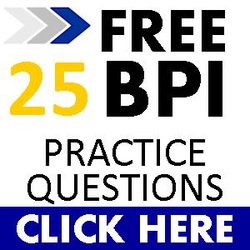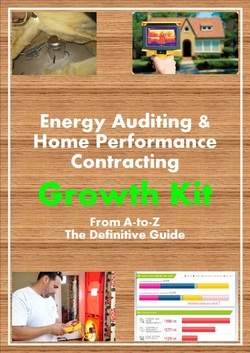Passing the BPI Exam With Energy Auditor Training
FREE BPI PRACTICE EXAMPUT YOUR HOME PERFORMANCE BUSINESS ON ROCKET FUELENERGY AUDITOR NEWSLETTERGet the only Energy Auditor Marketing Newsletter with monthly strategies and tactics to grow your home performance business.
|
BPI Written Exam - Section 1 Building Science Fundamentals12. Understand Basics of Dehumidification / Humidification As Well As Measurement EquipmentThere are 3 factors that determine how comfortable we are in our homes. They are:
Experienced HVAC designers and energy auditors know the balancing act between the three comfort factors and how to manipulate the systems in a home to maximize homeowner comfort. A high performing home should always be working in the background where the homeowner never feels temperature discomfort, minimal dust and good air quality and low utility bills. Humidity levels between 30-50% are considered optimum relative humidity (RH) levels. RH levels above 50% can promote mold growth. Warm air retains moisture better than cold air, which is why relative humidity levels decrease during the winter and our skin feel dryer or starts to crack. Terms:
Measurement Tools
Next Section
1b. Principals of energy, air & moisture
1c. Combustion science
|
The main topics of the BPI BA exam are listed out below. Click on a link that interests you, or you need some brushing up on to learn more on each subject.
1. Building Science Fundamentals 1a. Basic terms and definitions 1b. Principals of energy, air & moisture 1c. Combustion science 2. Buildings and Their Systems 2a. Building components 2b. Conservation strategies 2c. Comprehensive building assessment process 2d. Design considerations 3. Measurement and Verification of Building Performance 3a. Applied diagnostics and troubleshooting 4. BPI National Standards and Project Specifications 4a. Comprehensive building assessment 5. Analyzing Buildings Systems 5a. Comprehensive building assessment 5b. Appliances and lighting 6. Conduct and communications 6a. Conservation strategies |

